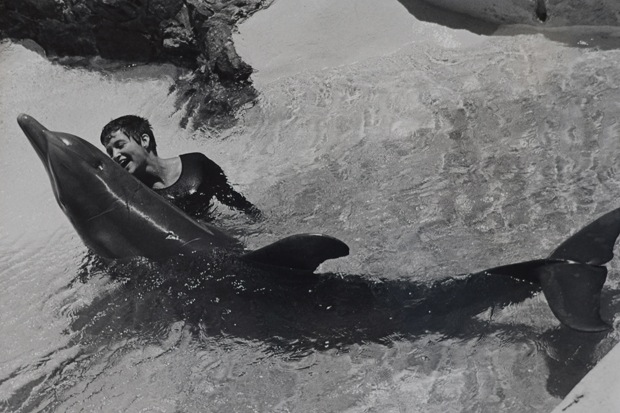BBC4’s The Girl Who Talked to Dolphins (Tuesday) began with the overstated-sounding claim that it would be tackling ‘perhaps the most remarkable period in the history of animal science’. In fact, though, the longer the programme went on, the more convincing this claim felt — even if the word ‘period’ should possibly have been replaced with ‘episode’, and ‘remarkable’ with ‘bonkers’. At times, the story seemed almost too neat a microcosm of the 1960s, as well meant if not necessarily practical ideas about transforming life on earth — and beyond — gave way to something much darker. At others, it brought to mind that hippie Californian scientist in The Fast Show. At no point, however, did it cease to be astonishing.
Like many classic Sixties tales, it had its roots in the 1950s, when John Lilly, an American scientist of impeccable credentials, was studying dolphins in Florida. Then one night in 1957 his wife heard one of them apparently attempting to mimic human speech — a moment that seems to have struck Lilly with the force of a divine revelation. If humans could learn to communicate with another species, the result would be ‘a breakthrough of world-historical significance’. A book outlining his theories became a bestseller in 1961, leading to an appearance on The Tonight Show where host Jack Paar obligingly assured the audience that ‘this is not some nut, this is a scientist’.
Meanwhile, hearing of Lilly’s ideas, some of the people involved in the US space programme realised that the ability to talk to other species would also come in handy if we ever made contact with extra-terrestrials. As a result, he was given enough funds to build and staff a dolphin communication lab in the Virgin Islands.








Comments
Join the debate for just £1 a month
Be part of the conversation with other Spectator readers by getting your first three months for £3.
UNLOCK ACCESS Just £1 a monthAlready a subscriber? Log in